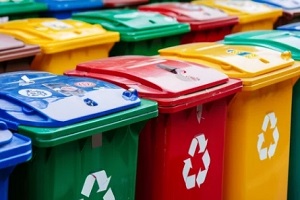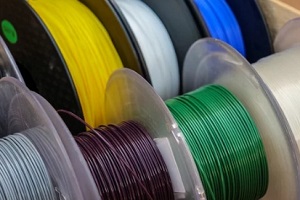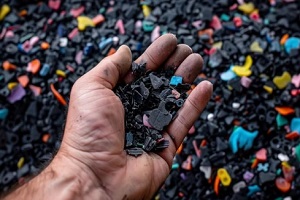July 18, 2024

With the growing recognition of the impact of plastic waste on the environment, consumers and governments are demanding sustainable alternatives and recycling infrastructure.
The clamor is in line with efforts to reduce the 400 million tons of plastics that end up in landfills and oceans every year. As a result, suppliers and other chain players must adapt and find ways to produce and supply sustainable plastics.
In a circular economy, materials and products are used for as long as possible. This usually involves what is commonly known as the 4Rs: reduce, reuse, recycle, and reverse logistics. Suppliers can adopt these principles in the supply chain as follows:
Reducing the amount of virgin plastic in their products or packaging can divert waste from getting into landfills or oceans. Suppliers should instead use biodegradable plastics.
Reusable packaging helps to create a closed-loop system where the same material is used multiple times, thus promoting sustainability. This reduces the need for single-use plastics, which would end up in landfills and oceans.
Recycling helps extend the life cycle of plastics and reduce waste. Suppliers can collaborate with recycling companies to establish a closed-loop system where their plastic products are collected and processed to create new ones.
Reuse can only be implemented if adequate systems and infrastructure are in place to collect and transport used plastic products back to the manufacturer. Suppliers should be working with government bodies, waste management companies, and manufacturers to establish reverse logistics systems.
Join our PLASTICS Pulse newsletter today to receive updates on within the plastic industry while staying informed & connected.
Conventional plastics that end up as waste are usually polymers of petrochemicals. These include polyethylene, polypropylene, and polystyrene, all of which are non-biodegradable for the following reasons:
Biodegradable plastics, which are sustainable alternatives, are gradually gaining popularity. The biodegradable plastic market was valued at $7.9 billion in 2023 and is expected to reach $20.9 billion by 2028.
This means there is an increasing availability of eco-friendly plastics that suppliers and other industry players can source. These plastics can be classified into three:
The polymers in bioplastics are synthesized from renewable/organic sources that can be broken down by microbial action. These include:

They are created from petrochemicals but also have additives that help them break down under specific conditions, unlike conventional plastics. These additives include:
These are plastics made of post-consumer/industrial waste through mechanical or chemical processes. They can either be:
Many government regulations are in place for producing, using, and disposing of virgin plastics. Bans and extended producer responsibility (EPR) schemes are good examples.
In these schemes, producers are held accountable for the end-of-life management of their products. Suppliers should adhere to these regulations.
They should also comply with industry standards and certifications from the following organizations:
Although they have been around for a while, eco-friendly plastics still lack many essential properties. Their adoption is limited by the following factors:

As a leading advocate for the adoption of sustainable plastics, the Plastics Industry Association provides resources, education, and networking opportunities for suppliers and other industry players looking to transition from conventional to biodegradable plastics.
Contact the Plastics Industry Association today to learn more about sustainable plastics.
PLASTICS and the Future Leaders in Plastics (FLiP) Committee are devoted to supporting and encouraging the next generation of plastics leaders who will play a crucial role in the innovation, technology and future of the plastics industry. FLiP’s mission is to provide young professionals under the age of 40 the exposure, education and resources they need to build lifelong careers in plastics. Want to join? Want to get your employees involved? Email: flip@plasticsindustry.org